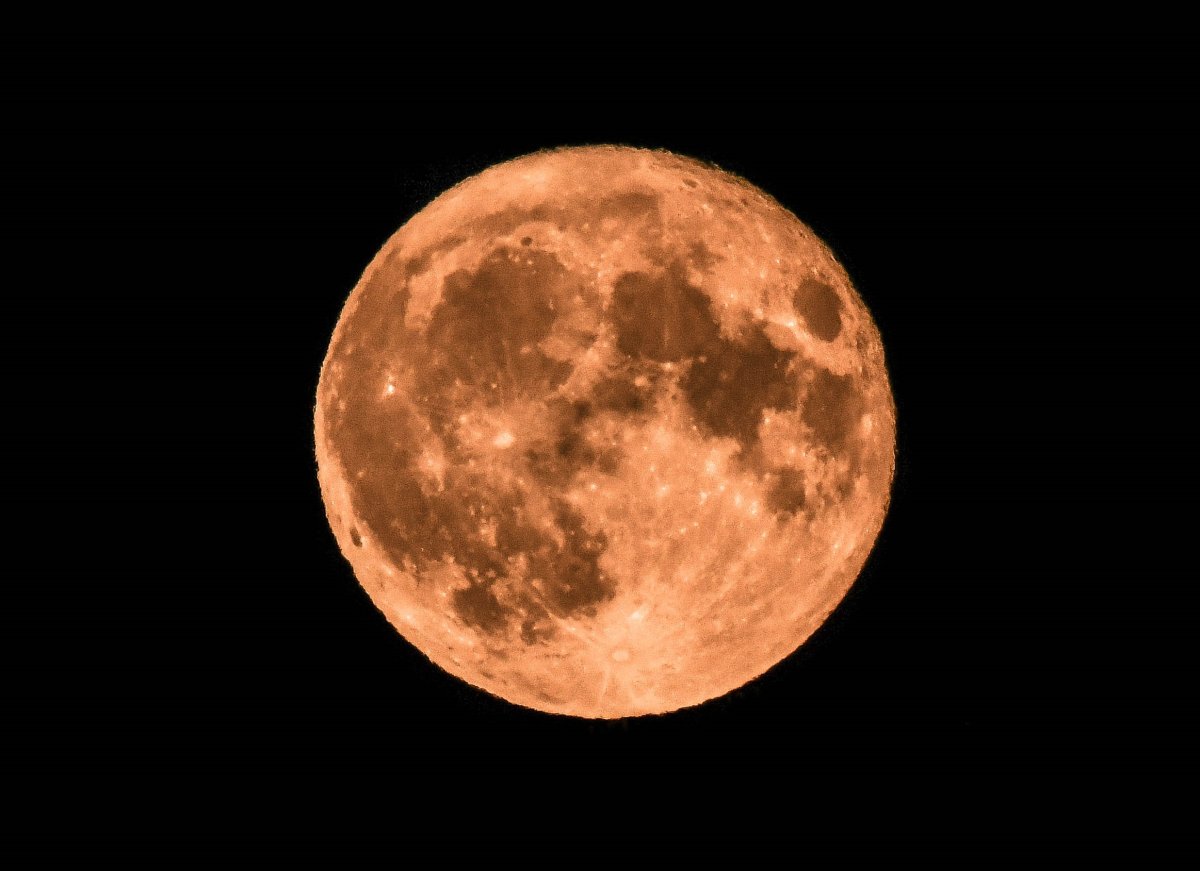A supermoon lit up the first night of August.

Missed it? No biggie. You’ll get a chance later this month to take in a second, and even rarer, supermoon.
A supermoon occurs when the moon is full, and while in its elliptical orbit is close to, or at, its nearest point to Earth.

This month’s first supermoon — the Sturgeon Moon — happened Tuesday.
The second – the Blue Moon — will occur on Wednesday, Aug. 30.
On average, supermoons occur three or four times throughout the year, so having two in a month is rare.
“A supermoon is when the moon is closest to the Earth that coincides with a full moon or a new moon,” said Ottawa astronomer Gary Boyle, noting that the term supermoon was coined by an astrologer in 1979.
“(Supermoons) are about 14 per cent brighter and 30 per cent larger.”
While Tuesday’s supermoon may be over, the moon will still be bright on Wednesday — the forecast is calling for clearing skies at night.

Blue Moons – the second full moon in a calendar month — happen about once every 33 months.
The last time a Blue supermoon occurred was in January 2018. And the next one will be August 2032.
Tuesday’s supermoon was estimated to be around 357,530 km from Earth. The month-ending Blue Moon is projected to be slightly closer at 357,344 km.
Technically, the moon’s closest point in its orbit around Earth is called perigee, while the furthest point is called apogee.

For night-sky watchers, there’s also this: the annual Perseid meteor shower will peak on Aug. 12-13.
Boyle says the shower is Earth plowing through the dusty debris of Comet 109P/Swift-Tuttle, a 26-km-wide mountain of ice, dust and gravel that last appeared in 1992 in its 133-year orbit around the sun. The comet will return in the year 2125.
“We should see 60 to 80 meteors (commonly called shooting stars) dashing through the sky at 59 km/second, lighting up the night,” said Boyle.

“(Aug. 12) is the peak night, but the entire shower runs from July 14 to September 1.”
Boyle says sky watchers should be able to see meteors from dusk to dawn.
More information about astronomy is available on Boyle’s website, including close-up photos of the moon.




















Comments